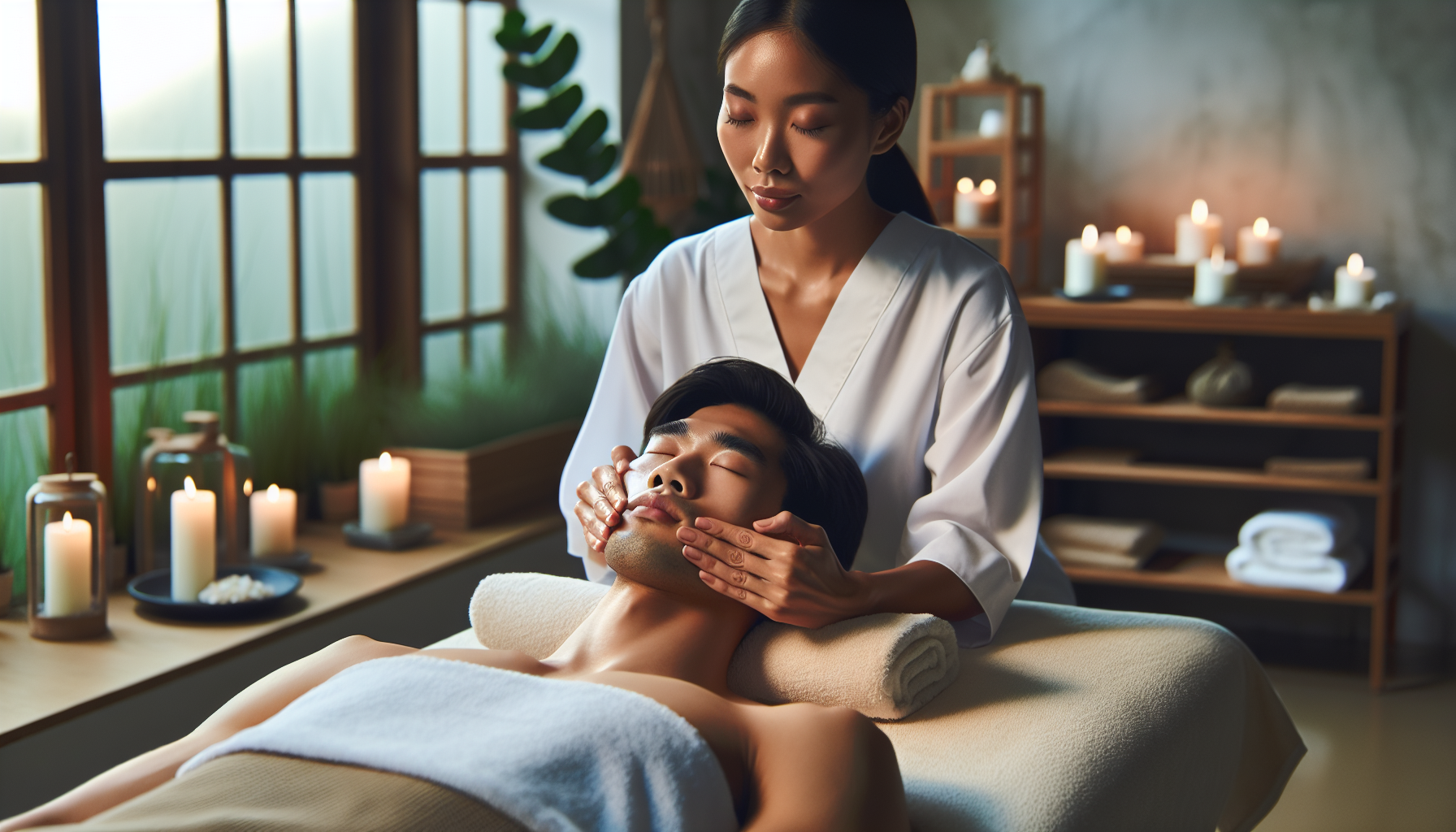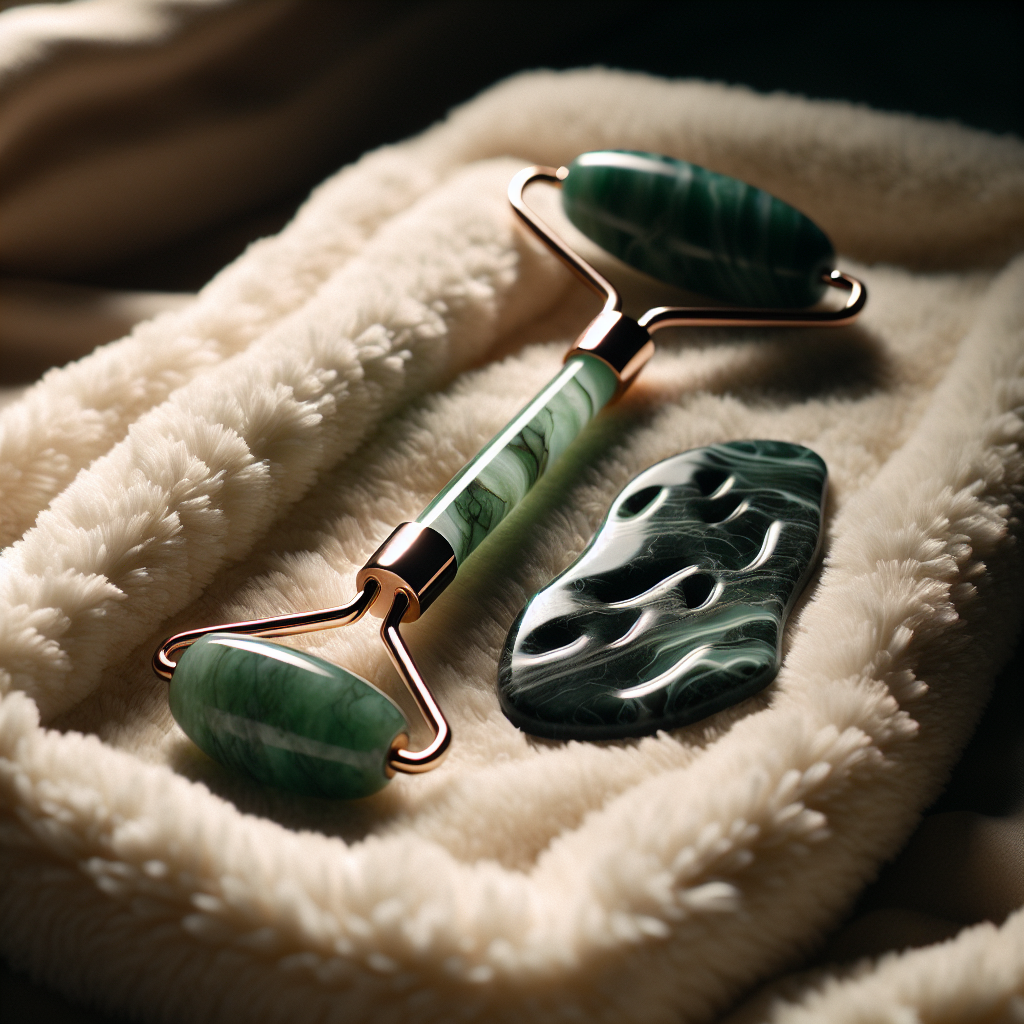Facial massage, a practice that has been embraced for centuries across various cultures, has gained modern traction for its ability to enhance skin vitality and overall well-being. This article delves into the art and science behind facial massage techniques, shedding light on how they can promote healthy skin, and providing insights into the best practices for incorporating these techniques into your skincare routine.
The Skin: Our Protective Barrier
The skin is the body’s largest organ, serving as a protective barrier against environmental aggressors while also reflecting our internal health. It’s a complex system that requires regular care to maintain its resilience and vitality. For comprehensive information on maintaining skin health, consider visiting Avix Health’s Skin Health section.
Benefits of Facial Massage
Facial massage offers a multitude of benefits, including increased circulation, lymphatic drainage, and relaxation of facial muscles. This can lead to a more radiant complexion, reduced puffiness, and the mitigation of stress-related skin conditions. By stimulating blood flow, facial massage helps nourish skin cells with oxygen and essential nutrients, which can be crucial for repair and rejuvenation.
Lymphatic Drainage
The lymphatic system plays a pivotal role in detoxifying the body, and facial massage can support this process. Gentle, circular motions facilitate the removal of toxins and reduce fluid retention, contributing to a more defined facial contour and a decrease in under-eye bags.
Stress Reduction
Stress can have a profound impact on skin health, often exacerbating conditions such as acne, eczema, and psoriasis. Facial massage can serve as a potent stress reliever, promoting relaxation and helping to alleviate the adverse effects of stress on the skin. For further exploration of stress reduction techniques and their benefits for skin health, read "Strategies for Reducing Stress to Improve Skin Health" on Avix Health.
Anti-Aging Effects
As we age, our skin loses elasticity and moisture. Facial massage can combat these signs of aging by stimulating collagen production and enhancing skin hydration. This can result in a smoother, firmer skin appearance. To understand more about aging and skin hydration, "The Effects of Aging on Skin Hydration and How to Combat It" is an excellent resource.
Techniques and Tools for Effective Facial Massage
Basic Techniques
-
Effleurage (Stroking): This involves gentle, sweeping strokes that warm up the skin and muscles, preparing them for deeper massage.
-
Petrissage (Kneading): This technique includes pinching, rolling, and squeezing motions that target deeper layers of muscle, releasing tension and enhancing circulation.
-
Tapotement (Tapping): Light tapping or percussive movements stimulate the skin and rejuvenate the complexion.
-
Vibration: Gentle shaking movements help relax muscles and improve blood flow.
Tools for Enhancement
Facial massage can be further enhanced with the use of specialized tools such as jade rollers, gua sha stones, and motorized devices designed for home use. Each tool offers unique benefits and can be selected based on personal preference and skin goals. For recommendations on innovative skincare devices, "Innovative Skin Care Devices for At-Home Use" provides valuable insights.
Technique Application
When applying these techniques, start from the center of the face and move outwards towards the lymph nodes located near the ears and down the neck. Use a light touch around delicate areas such as the eyes, and increase pressure where the skin is thicker, like the cheeks and forehead.
Best Practices for Facial Massage
To maximize the benefits of facial massage, follow these best practices:
-
Cleanse First: Begin with a clean face to prevent the spread of bacteria and ensure the smooth application of massage products.
-
Use the Right Products: Apply a facial oil or serum to reduce friction and provide the skin with beneficial nutrients.
-
Be Gentle: Use light to moderate pressure to avoid stretching the skin or causing irritation.
-
Regular Practice: Consistency is key. Even a few minutes of facial massage a few times a week can yield noticeable results.
-
Hydrate: Drink plenty of water to support the detoxifying effects of lymphatic drainage.
-
Combine with a Healthy Lifestyle: A balanced diet, adequate sleep, and regular exercise complement the effects of facial massage.
External Resources for Further Learning
To deepen your understanding of facial massage and its benefits, consider exploring these niche resources:
These resources provide scientific insights into the physiological mechanisms behind facial massage, offering a deeper appreciation of its role in skin health.
Conclusion
Facial massage is more than just a luxury; it’s a healthful practice that supports skin vitality and overall wellness. By incorporating the techniques and best practices outlined in this article, you can enjoy the physical and psychological benefits that come with taking proactive steps towards a healthier, more radiant complexion. Remember, the key to lasting skin health is a holistic approach that includes proper skincare, nutrition, and stress management techniques.



